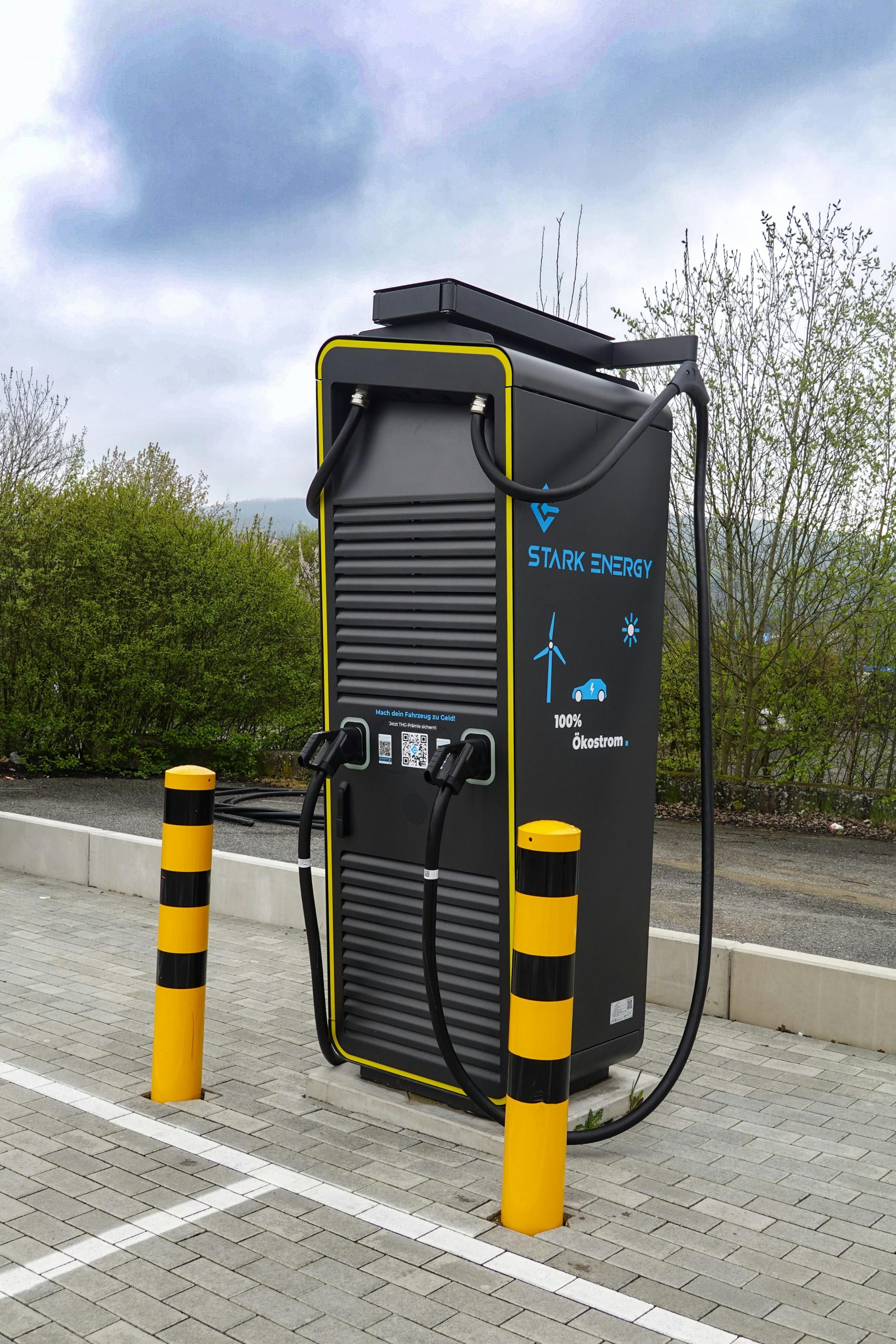As urbanization accelerates and climate change becomes an ever-pressing concern, cities worldwide are seeking innovative solutions to enhance sustainability and reduce carbon footprints. One of the most transformative advancements in this space is the adoption of smart grid technologies. These intelligent energy systems are revolutionizing how electricity is generated, distributed, and consumed, paving the way for greener, more efficient urban environments. By integrating renewable energy sources, optimizing power usage, and enhancing grid resilience, smart grids are essential for building the sustainable cities of tomorrow.
What Are Smart Grid Technologies?
A smart grid is an advanced electricity network that leverages digital communication, automation, and real-time data analytics to improve efficiency, reliability, and sustainability. Unlike traditional grids, which operate on a one-way flow of electricity from power plants to consumers, smart grids enable two-way communication between utilities and end-users. This allows for:
- Real-time monitoring: Sensors and smart meters track energy usage patterns, helping utilities balance supply and demand.
- Integration of renewables: Solar, wind, and other renewable sources can be seamlessly incorporated into the grid.
- Demand response: Consumers can adjust their energy use during peak hours, reducing strain on the grid.
- Self-healing capabilities: Automated systems detect and isolate faults, minimizing outages.
By harnessing these capabilities, smart grids empower cities to transition toward cleaner energy while maintaining stable and affordable power supplies.
Key Benefits of Smart Grids for Sustainable Cities
The adoption of smart grid technologies offers numerous advantages for urban sustainability, including:
1. Reduced Carbon Emissions
Smart grids facilitate the integration of renewable energy sources, such as solar and wind power, into the urban energy mix. By optimizing energy distribution and storage, these grids minimize reliance on fossil fuels, significantly lowering greenhouse gas emissions.
2. Enhanced Energy Efficiency
Through real-time data analytics, smart grids identify inefficiencies and reduce energy waste. For example, smart meters provide consumers with insights into their usage patterns, encouraging conservation and cost savings.
3. Improved Grid Reliability
With self-healing capabilities and predictive maintenance, smart grids reduce the frequency and duration of power outages. This resilience is critical for cities facing extreme weather events linked to climate change.
4. Empowered Consumers
Smart grids enable dynamic pricing and demand response programs, allowing consumers to adjust their energy use based on real-time pricing. This not only lowers bills but also alleviates pressure on the grid during peak periods.
Innovative Smart Grid Technologies in Action
Several cutting-edge technologies are driving the evolution of smart grids in sustainable cities:
Advanced Metering Infrastructure (AMI)
AMI systems replace traditional meters with smart meters that provide real-time energy consumption data. Utilities and consumers can monitor usage patterns, detect anomalies, and make informed decisions to optimize efficiency.
Distributed Energy Resources (DERs)
DERs, such as rooftop solar panels and battery storage systems, allow cities to decentralize energy production. Smart grids manage these distributed resources, ensuring seamless integration into the broader network.
Microgrids
Microgrids are localized energy systems that can operate independently or in conjunction with the main grid. They enhance resilience by providing backup power during outages and supporting renewable energy adoption at the community level.
Artificial Intelligence (AI) and Machine Learning
AI-driven analytics optimize grid operations by predicting demand fluctuations, detecting faults, and automating responses. These technologies improve efficiency and reduce operational costs.
Challenges and Future Outlook
Despite their potential, smart grids face several challenges:
- High upfront costs: Deploying smart grid infrastructure requires significant investment in technology and workforce training.
- Cybersecurity risks: Increased connectivity exposes grids to potential cyberattacks, necessitating robust security measures.
- Regulatory hurdles: Outdated policies may hinder the adoption of innovative grid solutions.
However, as technology advances and governments prioritize sustainability, these barriers are gradually being overcome. The future of smart grids looks promising, with trends like vehicle-to-grid (V2G) integration and blockchain-based energy trading poised to further transform urban energy systems.
Conclusion
Smart grid technologies are at the forefront of the transition to sustainable cities, offering a cleaner, more efficient, and resilient energy future. By embracing these innovations, urban centers can reduce emissions, enhance energy security, and empower citizens to participate in the green energy revolution. As cities continue to grow, the integration of smart grids will be indispensable in building a sustainable, low-carbon world for generations to come.
